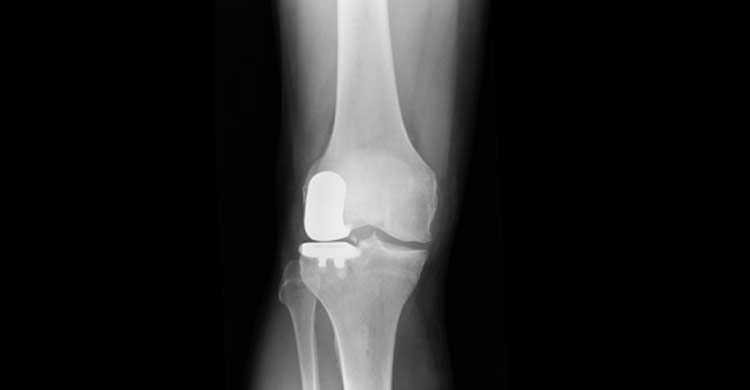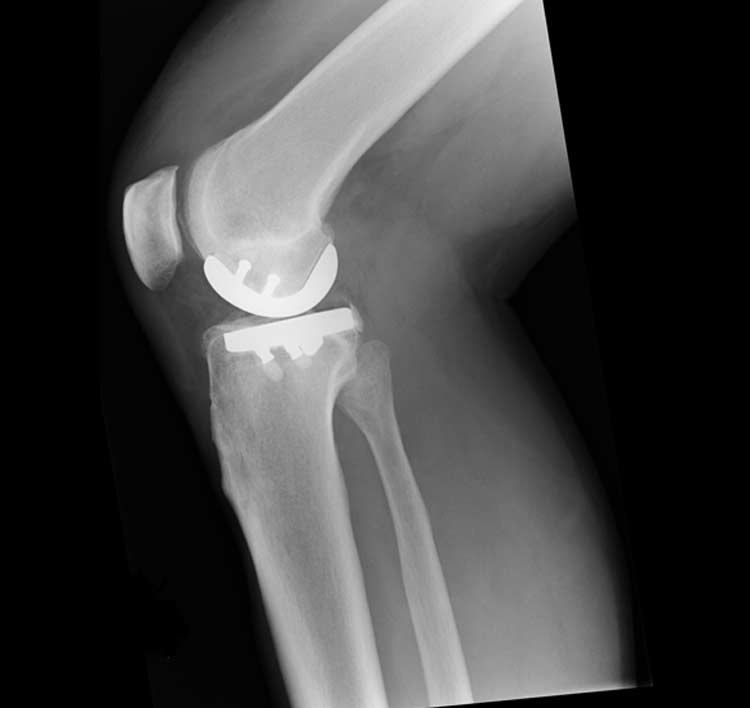
A hemi joint replacement involves replacing only half a joint.
When a joint becomes damaged because of an acute (sudden) injury, or if it’s affected by disease, it may need to be replaced. If the damage is severe, the entire joint may be replaced with artificial materials that replicate the function and appearance of the original joint.
- If only part of the joint is damaged or fractured and the rest of it is in good shape, a hemi joint replacement may be recommended instead.
- It’s an option that could contribute to a shorter recovery period and less-demanding post-surgery rehab.
What Is Hemi Joint Replacement?
A hemi joint replacement (hemiarthroplasty) is a procedure where half of a joint is replaced. With the hip joint, for example, a hemi replacement may mean replacing only the ball part of this joint but not the socket part. The half of the joint that’s replaced will depend on what part is unstable or damaged. However, with ball-and-socket joints, it’s usually the “ball” part of the joint that’s replaced since it’s often more affected by movement and injury. Joints in other areas, including the knee and the big toe, may also be replaced with hemi techniques.
Who May Benefit?
Normally, hemi joint replacement is reserved for patients who are younger and otherwise healthy except for damage to part of their joint. It may also be an option considered for older patients under the right circumstances. Patients who are typically active may also prefer to opt for a hemi joint replacement to retain as much of the original joint as possible. Doing so may minimize risks associated with a total joint replacement, such as reduced range of motion.


How Is a Hemi Joint Replacement Done?
Prior to a hemi joint replacement, diagnostic tests are done to asses the damage. An arthroscopy may also be performed to view the affected joint in greater detail with a special lighted scope attached to a camera. This is often done to look for other issues that may be affecting joint stability, such as torn tendons, detached muscles or ligaments, or pieces of cartilage that have become dislocated.
If it’s determined that a hemi joint replacement is the best option for pain relief and improved stability and function, a prosthesis (artificial part) will be inserted after the damaged half of the joint is removed. In the hip, it’s usually the head of the femur that’s replaced. In the shoulder, it’s often the upper bone in the arm (humerus) that’s replaced with a shoulder hemiarthroplasty.
There is a slight risk of dislocation as the joint heals, although this can be minimized by avoiding excessive bending or stretching of the surgically corrected joint. When successful, patients having a hemi joint replacement may benefit from:
- Better return of range of motion
- Reduced risk of further damage to the rest of the joint
- Less post-surgery discomfort
- An improved ability to fully return to previous athletic performance level
Recovery from a hemi joint replacement will depend on the type of procedure that’s done and factors such as patient health and whether or not underlying conditions like arthritis are involved. Generally, recovery is faster with less-invasive procedures performed with smaller incisions and techniques that avoid cutting or tearing muscles and tendons to access the joint. Even when half of a joint is replaced, patients will need to take steps to keep the rest of the joint healthy, such as being mindful of weight, getting regular exercise, and taking precautions when playing sports.

